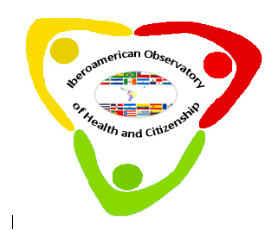Self-reported oral health of a quilombola population in the semi-arid region of Piauí
por IOHC
—
última modificação
19/10/2022 11h56
Abstract - The needy epidemiology of oral health in quilombola
populations has been demonstrated by different researches, with the
intention that studies be carried in order to identify and determine
situations that are liable to be resolved through the help of social and
health policies. Objective. To know the perception of oral health
regarding oral discomfort and to compare it with general health in a
quilombola population in the semi-arid region of Piauí. Methodology.
Cross-sectional, descriptive and analytical study. From the adult and
elderly population, a sample was calculated considering a margin of
error of 5% and 90% of reliability, obtaining a total of 120 people as a
minimum sample. Results. Inhabitants of the Canabrava, Tronco and
Custaneiras quilombola communities participated - whose age ranged
from 21 to 81 years old, SD±16.0. There is a predominance of: married
(67.5%), female (60.8%) small farmers (90%), non-retired (71.7%),
income of up to 01 (one) minimum wage (58.3%), and incomplete primary
school (42.5%). Oral discomfort had a higher percentage due to the
variable -Feels dry mouth (30.8%). There was a significant association
(p= 0.031) between the perception of general health (excellent,
reasonable and poor) and having oral health problems. Conclusion. The
association between the perception of general health and having oral
health problems reinforces the fact that the poor condition of oral health denotes a close relationship with the living conditions of this society,
whether assisted or not by the government.

 Self-reported oral health of a quilombola population in the semi-arid region of Piauí.pdf
Self-reported oral health of a quilombola population in the semi-arid region of Piauí.pdf